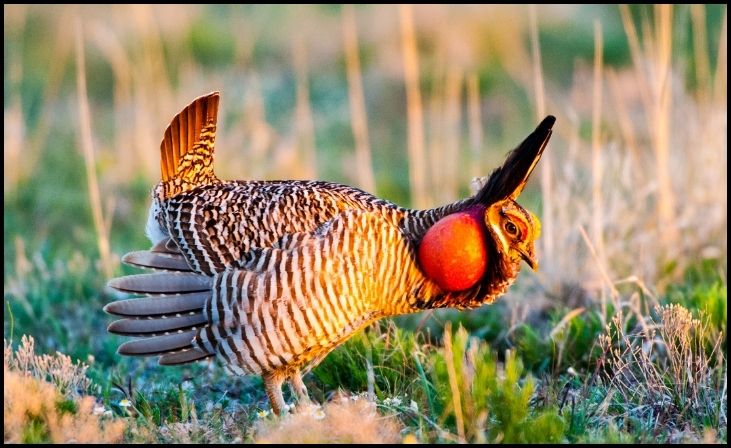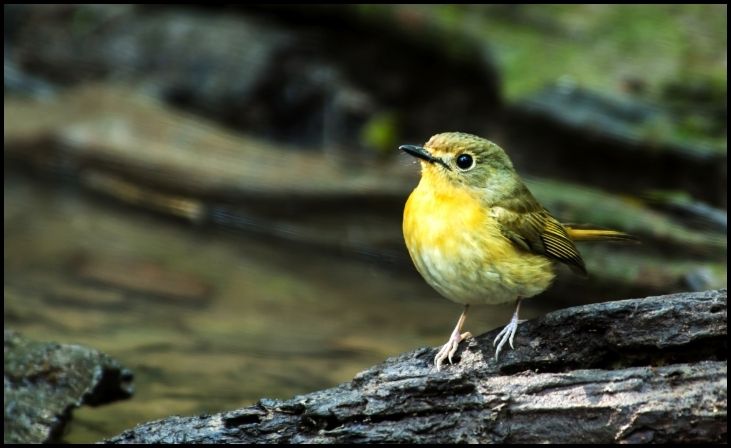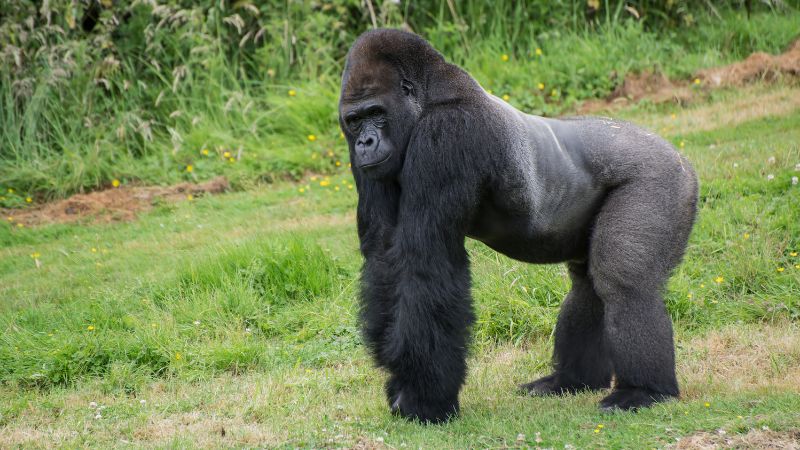Texas is home to a diverse range of wildlife, but several species are facing critical threats to their survival. Habitat destruction, urbanization, and environmental changes have pushed these species to the brink of extinction. Here are seven of the most endangered species in Texas, each fighting for survival in a rapidly changing world.
Whooping Crane

The Whooping Crane is one of the rarest birds in North America, and its population has been critically endangered for decades. These cranes are known for their distinctive white plumage and whooping calls. Efforts to protect their habitats and increase their population numbers are ongoing, but they remain highly vulnerable due to their limited range and the threats of habitat loss.
Houston Toad
The Houston Toad is a small, rare amphibian endemic to Texas. Found primarily in the sandy soils of the Lost Pines region, its population has declined dramatically due to habitat destruction and urbanization. Conservation programs aim to restore its natural habitat and prevent further decline, but the Houston Toad remains one of the most endangered amphibians in the United States.
Ocelot
The Ocelot is a small, nocturnal wild cat native to the dense thornscrub of South Texas. With fewer than 100 individuals estimated to remain in the state, the Ocelot faces threats from habitat fragmentation and road mortality. Conservationists are working to create wildlife corridors and protect the remaining habitats to ensure this beautiful cat does not disappear from Texas.
Attwater’s Prairie Chicken

This ground-dwelling bird once thrived in the coastal prairies of Texas and Louisiana. Now critically endangered, fewer than 100 individuals remain in the wild due to extensive habitat loss from agriculture and urban development. Conservation efforts focus on habitat restoration and breeding programs to increase their numbers and secure a future for this iconic species.
Texas Hornshell
The Texas Hornshell is a freshwater mussel found in the Rio Grande and its tributaries. Pollution, water extraction, and dam construction have led to significant declines in its population. Protecting water quality and natural river flows are essential for the survival of this mussel, making it a focal point for freshwater conservation in Texas.
Red-cockaded Woodpecker
This small woodpecker inhabits the pine forests of East Texas. It is endangered due to the loss of old-growth pine habitat, fire suppression, and logging. Conservation efforts include habitat management and controlled burns to maintain the open pine forests necessary for their survival. These measures are critical to preventing further declines in their population.
Golden-cheeked Warbler

Endemic to Central Texas, the Golden-cheeked Warbler relies on the juniper-oak woodlands for breeding. Habitat loss due to urbanization, land clearing, and fragmentation has led to its endangered status. Protecting and managing these woodlands is vital for the survival of the Golden-cheeked Warbler, making conservation efforts in central Texas crucial for this unique bird species.




